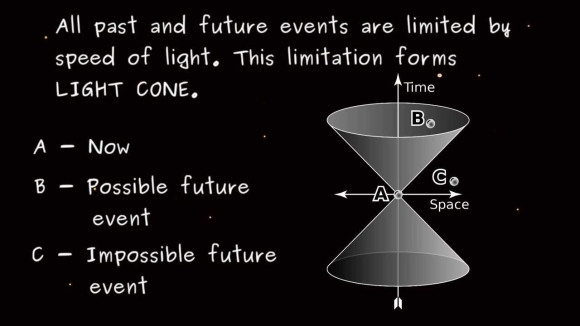While none of us can know how much longer we have to live, being diagnosed with an incurable cancer makes you start doing some math in your head.
In my case, estrogen-positive, bone mets only patients have a median lifespan of 8.6 months from diagnosis, at least according to the latest statistics. That means half of us die before reaching that number, and half of us live longer. It’s not an average, which would be near impossible to calculate. The National Institutes of Health barely counts those of us who have metastatic breast cancer. While we do know one of us dies every three minutes, we don’t know how long each one of us lived with disease before succumbing to it. We also don’t know the particulars, such as what stage they were when they were first diagnosed, the pathology of the cell or where the cancer lodged when it metastasized.
With Artificial Intelligence and machine learning getting into the game, we will soon be able to track that information and make a more reasonable guess. But for now, here’s the equation I’m toying with.
I have 8.6 years median survival. Research shows if I exercise, I can add 40% to that total. That gives me another 4.8 years. If I develop a strong social support system and have adequate access to a medical team who can answer questions, add another 5 months.
So far I haven’t been able to find any research that shows that diet directly affects lifespan (if anyone knows of a study, please share).
Based on those calculations, I have a median survival of 13 years and 10 months. I’ve already survived 3 years and 2 months of that.
On the plus side, being treated at a research facility like Memorial Sloan Kettering gives me another edge. There’s a very strong chance that the cancer research facility will be host to a Phase 3 trial of the next viable, life-extending treatment, which I’ll be able to get into.
That cuts out the six months it will take the FDA to approve the drug once the trial is complete, the year it will take the pharmaceutical company to get it’s marketing pipeline up and running to offer the drug to the public and the six to eight months it will take ASCO to announce it as a standard-of-care treatment and for health insurance companies to agree to pay.
That means I’ve cut at least two years off the time it would take me to have access to the treatment in a community hospital setting.
It’s not a perfect science, nor is it a perfect equation. But until Big Data has a better answer for me, at least I have a benchmark.
And every day the finding of a new study is announced, giving me another chance to add more time onto the clock.
Einstein was right, space and time are relative. limited only by the speed of light. With strides being made at an exponential rate, cancer research may soon catch up to light speed. At that point, the impossible becomes possible.



